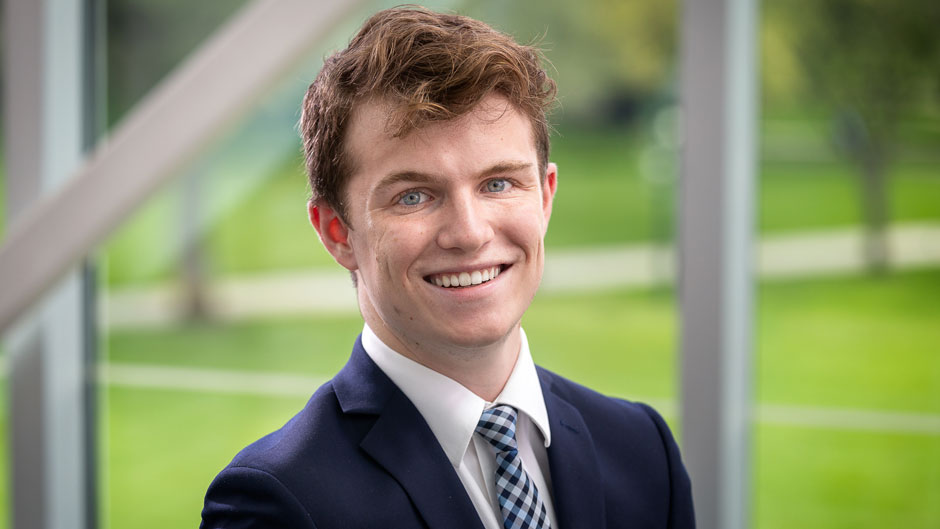Brandon Rojas grew up hearing his Cuban-born grandfather speak about Havana and how it changed after the Cuban Revolution triumphed in 1959.
“He was a civil engineer in Cuba and he would always say that the revolution changed the character of the city,” said Rojas during an online presentation last week as one of the University of Miami’s Library Research Scholars.
His project, “Revolutionary Change in Havana,” was one of four highlighted by the Library Research Scholars Program and the Adobe Scholars Program. Both allow for a librarian faculty-mentored learning experience involving a deep and active engagement with the University of Miami Libraries’ research collections and service programs.
Rojas, a sophomore majoring in architectural engineering at the College of Engineering, researched how the 1959 triumph of the Cuban Revolution altered segments of the urban landscape of Cuba’s capital, Havana, and its surrounding areas.
Founded in 1519 by the Spanish conquistadores, Havana is well-known for its storied architecture ranging from Old World Colonial to Art Deco buildings.
“I have always been fascinated by how cities adapt and change in relation to external influences,” Rojas said. “Things like disease, population changes, and restriction of resources have always pushed cities to change and evolve.”
"Using primary and secondary sources and photographs from the Cuban Heritage Collection and other areas of the library, Rojas developed an ArcGIS StoryMap of various sites in and around Havana that showed major changes in the Cuban landscape after Fidel Castro and his revolutionaries came into power.In his presentation, he specifically highlighted:
- Hotel Havana Libre, which was originally called Habana Hilton, was built in 1958 in a joint venture between former Cuban President Fulgencio Batista and the American hotel chain. When the Castro regime nationalized all businesses, it appropriated the hotel and changed its name. For a while, Castro used one of its rooms as his headquarters.
- Former golf courses in Havana were razed to build a group of buildings for the National Arts Schools with the idea of creating a cultural melting arts hub for Latin American nations and in order to cement Cuba’s standing as a leader against perceived colonial rule, said Rojas. The project was not successful, and the buildings are not in use.
- On the outskirts of Havana, a town founded in 1916 as a production facility for the Hershey Chocolate Company was renamed Camilo Cienfuegos, in memory of a Cuban Revolutionary army leader. The government built a large housing project to provide affordable dwellings in an area that was experiencing enormous population growth, Rojas pointed out.
Another library scholar who presented her work was Christina Jayaraj, whose project was called “The Integration of Wearable Technology in Healthcare Systems.”
The two Adobe Library Research Scholars were Noor Khaled, who presented about “Interpretations of Free Speech on College Campuses,” and Nhadya Lawes, who addressed “A Different Image, Another Sounds Resistant Rhetoric and Black Identity.”

